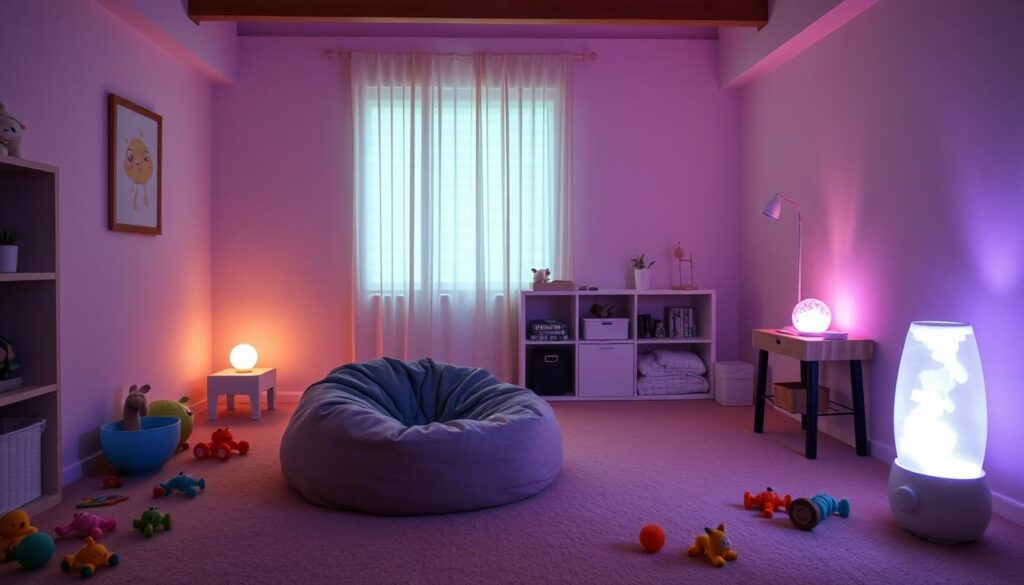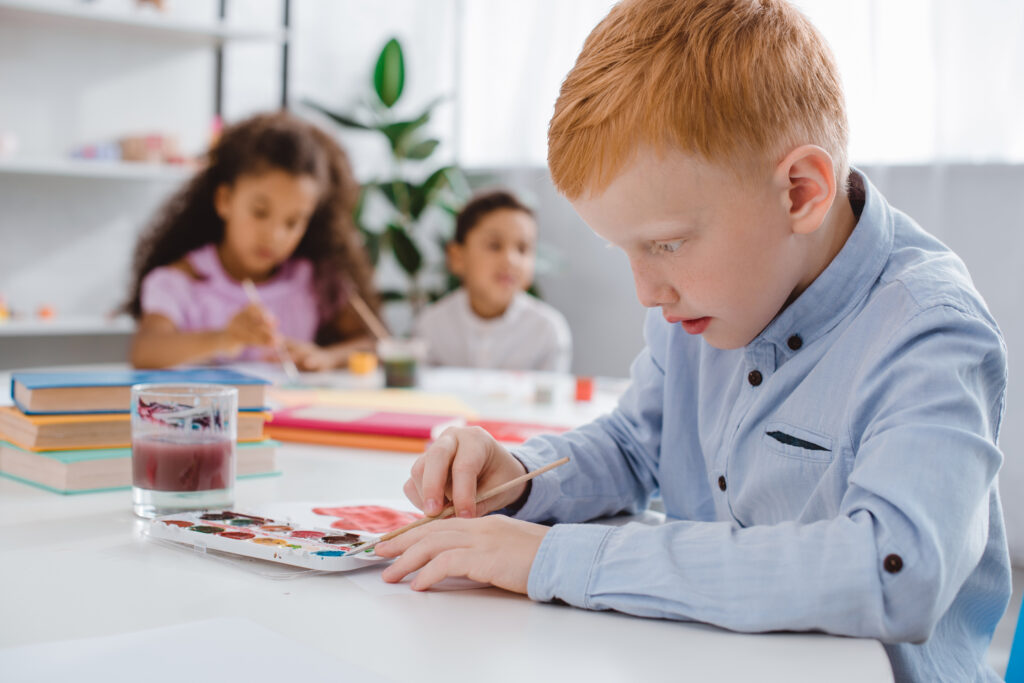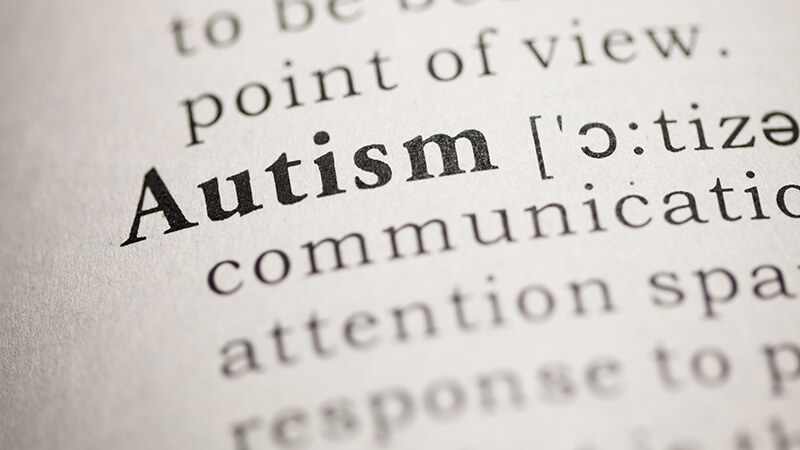Managing yelling in special needs children can be challenging, but understanding its causes is key. Chrissy Kelly, a mother of two sons with autism, has found effective strategies to reduce yelling. Using techniques like timers for transitions and “first/then” statements, she helps her sons manage tasks and behavior.
Chrissy also focuses on positive affirmation for good behavior, shifting the focus from what not to do to what should be done. Consistency and calmness are vital in shaping behavior, as parents’ reactions have a significant impact.
By applying these strategies, Chrissy has seen a decrease in yelling, fostering a more peaceful environment. Learning how to get special needs kids to stop yelling requires patience, structured techniques, and positive reinforcement, which can create lasting positive change.
Key Takeaways
- Utilize structured and consistent strategies for effective special needs children behavior management.
- Implement tools like timers and “first/then” statements to facilitate smooth transitions and task management.
- Emphasize positive reinforcement and redirect focus to desirable behaviors instead of exerting what not to do.
- Recognize the significant impact of parental reaction on a child’s behavior and work towards maintaining a calm, steady approach.
- Eligible tools and tactics can distract from the urge to yell, such as V-tech toys or musical instruments.
- Proactively manage sensory needs and environmental triggers to help prevent yelling outbursts.
- Consider professional guidance from behavior, speech, or occupational therapists when necessary.
Understanding the Reasons Behind Yelling in Special Needs Children
Managing behavior in children with special needs starts with knowing why they act out. Yelling can be a way to communicate or a response to their senses. Learning the reasons helps you find the best ways to calm them down.
Examining Sensory Needs and Behavioral Triggers
Children with special needs may yell when they feel too much. This is their way of saying they’re stressed. As a caregiver, spotting these signs is key. Giving them sensory toys or quiet spots can help calm them down.
Identifying Communications Challenges and Frustrations
Special needs kids often struggle to express themselves. Yelling might be their way of saying they need something. Helping them use picture cards or sign language lets them communicate without yelling. This makes interactions better and helps with their behavior.
The Role of Environmental Factors in Provoking Outbursts
Too much stimulation can make special needs kids yell. It’s important to notice things like loud noises and big crowds. Using headphones or setting a routine can help them handle their environment better.
Guiding your child’s behavior is crucial. By understanding these factors, you can create a calm space for them. This helps them grow emotionally and feel more at peace.
Strategies for Reducing Yelling in Special Needs Children
Dealing with children with special needs can be tough. But, with the right behavior modification tips for special needs children, you can cut down yelling and distress. Let’s look at some effective ways to support and calm your child, improving communication and understanding.
- Use of Timers and Warnings: Use timers or give minute warnings to help your child prepare for changes. This method helps manage their reactions to new situations, reducing stress and yelling.
- Implementing the “First/Then” Method: Show your child a sequence of activities. It might take a few months for them to get it. But, it helps them understand routines and behaviors, reducing yelling.
- Positive Reinforcement: Praise your child for good behavior. Use tokens or stickers for rewards. This encourages them to follow rules and shows them what’s expected.
- Emphasizing Desired Behaviors: Focus on what your child should do instead of what not to do. This approach is less confrontational and encourages cooperation.
- Remaining Calm: It’s hard, but staying calm during outbursts is key. Your calmness can help calm your child and teach them to manage their emotions.
It’s important to know what triggers your child’s meltdowns. Each child is different, with triggers ranging from sensory issues to food reactions. Tailoring your approach to these triggers can help reduce yelling.

Finally, try to get back to a regular schedule after intense outbursts. A structured environment and patient guidance are crucial. These techniques for calming special needs kids are more than strategies. They’re steps towards creating a supportive environment that fosters understanding and respect.
Effective Communication with Special Needs Kids to Prevent Yelling
In places where special needs kids live and learn, effective communication with special needs kids is key. It helps avoid loud outbursts and manage feelings. Changing how we talk and interact is crucial for patience and understanding.
The core of strategies for reducing yelling in special needs children is clear, structured talk. Certain methods can cut down yelling and make interactions smoother.

- First/Then Statements: Using first/then helps set clear expectations for your child. For instance, “First finish drawing, then you can play outside,” teaches them about order and transitions without stress.
- Choose Instructive Over Corrective Language: Instead of using words that can upset them, use positive phrases. Say “Quiet, please” instead of “Stop yelling” to guide them better.
- Positive Reinforcement: Praise good behavior with words or activities they love. This boosts their confidence and shows what you want to see.
- Consistency in Communication: Keeping your communication style the same helps special needs kids understand better. This reduces frustration and yelling.
The aim is to help your child express themselves while staying calm. Start these strategies to create a place where fewer communication problems happen. A clear way to share feelings and wants can cut down on misunderstandings and make interactions quieter and more focused.
Remember, every method needs patience and practice. Stick with these approaches to make talking more effective and help reduce yelling in special needs children.
Calming Methods for Special Needs Children and Coping Mechanisms for Parents
As a parent or caregiver of special needs children, you might often look for ways to handle tough behaviors like yelling. Using calming techniques for kids with special needs can help them deal with stress better. This can also cut down on outbursts. Here, we look at some effective calming methods for special needs children and how you can use them to create a caring environment.
Calming Techniques that Offer Sensory Relief
Many special needs children have heightened sensory needs. Using sensory tools like weighted lap pads, fidget toys, or noise-canceling headphones can help manage sensory overload. Activities like gentle head or shoulder squeezes can also comfort them and help them relax.
It’s important to offer these tools during quiet times, not just when they yell. This helps teach them to stay calm instead of yelling.
Remain Calm: How Parental Response Can Influence Behavior
How parents handle special needs children’s behavior is key in teaching them to manage their emotions. Staying calm and patient during yelling episodes can help your child learn to control their feelings. It’s important to be firm but gentle, showing them that calmness is something to aim for.
This not only calms the situation but also teaches your child important self-regulation skills. It’s a way to show them that calmness is a better choice than yelling.
Interactive Toys and Apps for Effective Distraction
Interactive toys and apps can be great distractions for kids. They can take their mind off yelling and engage in fun activities. Using toys like V-tech or sound-activated ones can meet their sensory needs while teaching them something new.
It’s best to introduce these toys when they’re behaving well. This way, they learn that good behavior gets them what they want, not yelling.
Managing special needs children’s behavior is more than just discipline. It’s about understanding them and adapting to their unique needs. With patience and the right techniques, you can help reduce yelling in special needs children.
Conclusion
Starting to manage yelling in special needs children is a journey with important steps. Learning how to get special needs kids to stop yelling involves exploring effective strategies to reduce yelling and offering tips for behavior modification. These approaches are tailored specifically for these young individuals.
First, understand why children might yell. Young ones might yell from frustration or too much stimulation. Older kids might yell if they feel left out or misunderstood. Knowing these reasons helps us start to solve the problem.
For the youngest, it’s important to use positive methods. Reward good behavior to create a caring atmosphere. This can really help cut down yelling. Using systems like tokens can also be fun and teach kids about their actions.
Children aged 6-11 benefit from physical activities and expressive therapies. These help them release energy and emotions. For teens, focus on building their emotional smarts and resilience. Create a supportive space where they feel heard and understood.
Being consistent is crucial in changing behavior. Give positive feedback and gentle corrections regularly. This encourages good behavior over time. The aim is to help your child express themselves better, not to silence them.
Finally, stick with these strategies patiently and consistently. This will help create a better environment for growth and learning. Always be ready to adjust your approach as your child grows and their needs change, keeping empathy at the forefront.
How New Direction For Young Adults Can Help You
Dealing with special needs children can be tough, especially when yelling seems like the only solution. Experts like Lisa Smith show that calm communication can be more effective. New Direction for Young Adults offers resources to help parents and caregivers build stronger bonds and improve behavior without yelling, through workshops like Smith’s Yell Less Workshop.
New Direction focuses on emotional safety, respect, and better communication strategies to help parents create a positive, supportive environment. With tools like cognitive restructuring, parents can change their approach and improve family dynamics. Let New Direction guide you to a calmer, more connected home today.



